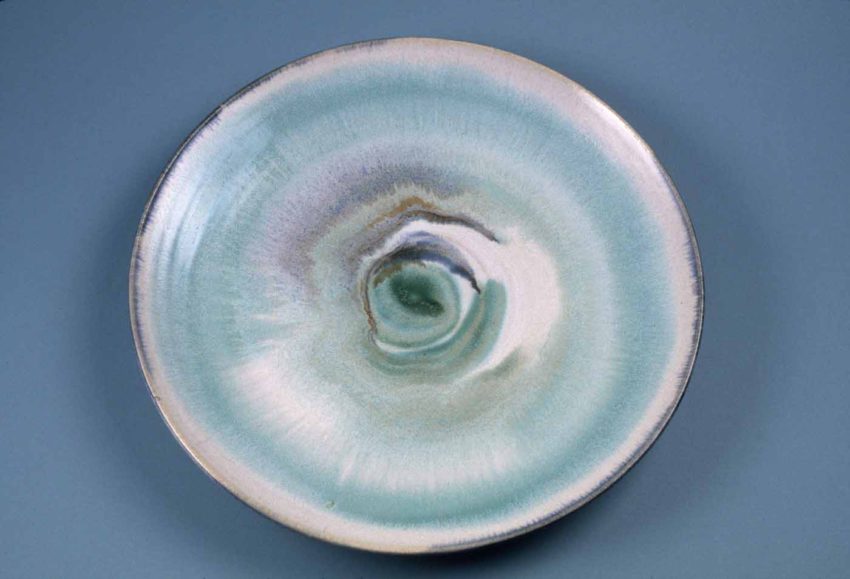Let’s pretend we are potters in a studio about to (watch a potter) make bowls (always my favourite object). It appears we have a context within which we might be able to ask many questions. Context, however, is a labyrinth shrouded by mist not often seen.
The balls of clay are at hand, to be thrown onto the spinning wheel head. Then, subjected to the significant pressures of well-trained muscular hands and a focused artist’s mind. As we potters say, we know what we are doing!
How do the beginning images, forms, shapes, and future colours find their way into the potter’s imagination as a driving factor?
How did the potter get to this stage of knowing, ability and doing? Lots and lots of practice, that’s for sure.
As with innumerable other, complex, and fairly demanding skill sets, making a pot is a common marvel, as is playing tennis, mastering chess, playing bagpipes or a sitar, walking a tightrope, creating a musical score, writing a poem, dancing a zaouli mask dance, crocheting a sculpture, imaging a novel bowl form, pole vaulting, and so on…
Broadly speaking, how do we learn to do this stuff, and why can’t everyone learn to do any of it at a high level just because they want to? Not everyone can do each and all things, and no one can do everything. How do we know that? Why is that? If a skill set is actually a functional knowledge set, how is it learned and can it be taught? How did and do knowledge sets come to be in human life at all?
Imagining origins, outlining history as we would say, is helpful in grasping the complexity of what seems to be straightforward lived phenomena: history is slightly descriptive but not deeply explanatory.
This is often so of human creativity.
We are a simple dot in existence which creates real stuff.
PS: The Stars like Dust, Isaac Asimov (1951), The James Webb Space Telescope (webb.nasa.gov)

